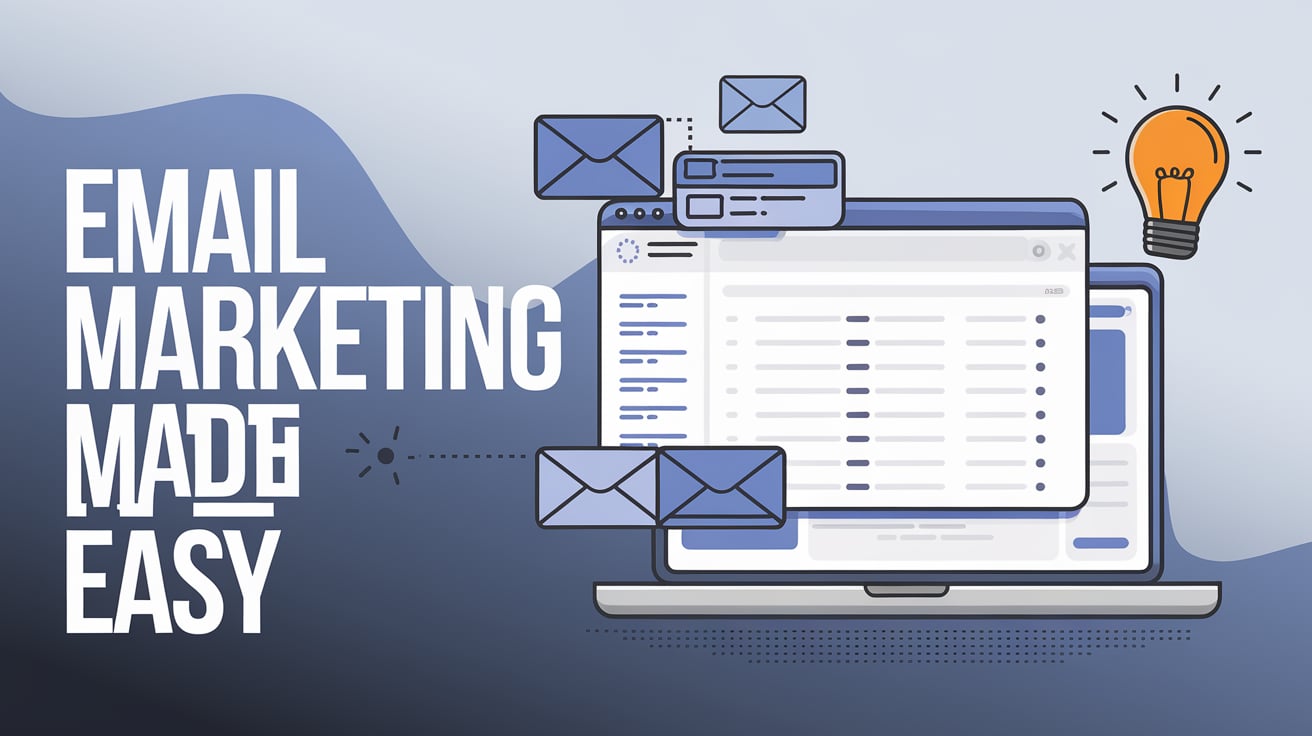Email Marketing
Harnessing the Power of Email Marketing: A Comprehensive Guide
Introduction: The Digital Lifeline for Businesses
In an era where digital communication reigns supreme, email marketing emerges as the undisputed linchpin of direct customer engagement. Unlike fleeting social media posts or transient ads, email marketing cultivates a personalized, enduring connection between brands and their audience. However, achieving success in this domain is not a matter of mere mass messaging—it requires a nuanced approach, incorporating segmentation, automation, and compelling content to captivate and convert. In this in-depth exploration, we unravel the intricacies of email marketing and its transformative role in digital strategy.
Deciphering the Essence of Email Marketing
Email marketing is more than just an electronic correspondence—it is an orchestrated endeavor to nurture leads, foster brand loyalty, and drive conversions. By leveraging the power of targeted messaging, businesses can deliver tailored content that resonates with individual recipients, thereby maximizing engagement. To wield this tool effectively, one must understand its foundational pillars.
The Pillars of Email Marketing Success
- Segmentation and Personalization: Sending generic emails is a relic of the past. Modern email marketing thrives on data-driven segmentation, ensuring that each subscriber receives content tailored to their preferences, behaviors, and demographics.
- Compelling Content: The potency of an email campaign lies in its ability to captivate the reader. This entails crafting persuasive subject lines, engaging body text, and clear calls to action (CTAs) that prompt immediate response.
- Automation and Workflows: Advanced automation enables businesses to send timely, relevant emails triggered by user actions—whether it’s a welcome sequence for new subscribers or a re-engagement campaign for dormant users.
- Deliverability and Optimization: Ensuring emails land in inboxes rather than spam folders is crucial. Optimizing sender reputation, avoiding spam triggers, and maintaining a clean email list contribute to higher deliverability rates.
Crafting an Irresistible Email Marketing Strategy
A meticulously planned strategy sets the foundation for a successful email marketing campaign. The process involves several strategic phases:
1. Building a Quality Email List
The success of an email marketing campaign is inextricably linked to the quality of its subscriber list. To amass an engaged audience:
- Opt-In Forms and Lead Magnets: Offer value-driven incentives such as eBooks, discount codes, or exclusive content in exchange for email sign-ups.
- Double Opt-In Mechanism: A verification step ensures genuine subscribers, reducing bounce rates and increasing engagement.
- Periodic List Cleaning: Removing inactive subscribers maintains a high engagement rate and prevents deliverability issues.
2. Writing Persuasive Emails that Convert
Mastering the art of email copywriting requires a blend of creativity and strategy:
- Subject Lines That Spark Curiosity: The first impression determines whether an email is opened or ignored. Short, intriguing, and benefit-driven subject lines enhance open rates.
- Engaging and Value-Packed Content: Emails should educate, entertain, or solve a problem. Striking a balance between information and promotion ensures sustained reader interest.
- Clear and Compelling CTAs: Every email must have a purpose—whether it’s encouraging a purchase, downloading a resource, or engaging with content. CTAs should be visually striking and action-oriented.
3. Timing and Frequency: Striking the Right Balance
The timing of email delivery significantly influences its performance. Sending too many emails can lead to unsubscribes, while infrequent communication diminishes engagement. To optimize timing:
- Analyze User Behavior: Utilize analytics to determine when subscribers are most active and engaged.
- A/B Testing: Experimenting with different sending times and frequencies provides insights into audience preferences.
- Behavioral Triggers: Sending emails based on user actions (e.g., abandoned cart reminders) enhances relevance and engagement.
The Role of Automation in Email Marketing

Automation is the backbone of efficient and scalable email marketing. By implementing automated workflows, businesses can:
- Nurture Leads Seamlessly: Drip campaigns guide potential customers through the sales funnel, providing valuable content at each stage.
- Enhance Customer Retention: Post-purchase emails, loyalty rewards, and re-engagement campaigns foster long-term relationships.
- Recover Lost Sales: Abandoned cart emails remind users of incomplete purchases, often accompanied by an incentive to finalize the transaction.
Email Metrics: Measuring Success with Precision
Data-driven decision-making is integral to refining email marketing strategies. The key performance indicators (KPIs) include:
- Open Rates: The percentage of recipients who open an email. A compelling subject line and sender reputation influence this metric.
- Click-Through Rates (CTR): Measures the effectiveness of email content and CTA placement.
- Conversion Rates: The ultimate indicator of success, showing how many recipients completed the desired action.
- Bounce Rates: High bounce rates signal issues with list quality or email deliverability.
- Unsubscribe Rates: A rising number of opt-outs suggests that content may not be resonating with the audience.
The Future of Email Marketing: Trends to Watch
As technology advances, email marketing continues to evolve. Emerging trends shaping the future include:
- Artificial Intelligence (AI) Integration: AI-powered personalization tailors email content to individual preferences, enhancing relevance and engagement.
- Interactive Emails: Gamification, embedded videos, and interactive elements drive higher engagement.
- Hyper-Personalization: Advanced data analytics enable marketers to craft emails that feel uniquely tailored to each recipient.
- Privacy and Data Protection: With stricter regulations (such as GDPR), maintaining compliance while delivering personalized content is paramount.
Conclusion: The Indispensable Role of Email Marketing
In the vast digital ecosystem, where consumers are bombarded with fleeting advertisements and transient content, email marketing remains a steadfast and indispensable channel for businesses. It is not merely about sending messages—it is about fostering relationships, building trust, and driving conversions with precision and purpose. Companies that master the nuances of email marketing will not only sustain relevance but also carve a lasting impact in an ever-evolving digital marketplace.


Post Comment